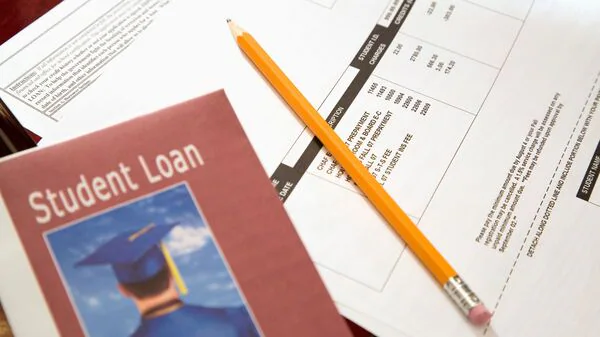For many nonprofit employees, the Public Service Loan Forgiveness (PSLF) program is a beacon of hope in tackling student loan debt. This federal program allows eligible borrowers to have their remaining student loan balance forgiven after making 120 qualifying payments—but how long does that take? If you work for a nonprofit or government agency, understanding the ins and outs of PSLF is crucial for planning your financial future.
What is the PSLF Program?
The PSLF program was designed to reward individuals working in public service by forgiving their federal student loans after 10 years of qualifying payments. The program covers employees working full-time for:
- Government agencies (federal, state, local, or tribal)
- Nonprofit organizations that are 501(c)(3) tax-exempt
- Some other nonprofit organizations that provide qualifying public services
If you meet the requirements, any remaining balance on your student loans is completely erased after making the required payments—tax-free!
How Long Will It Take to Get Loan Forgiveness?
To qualify for PSLF, borrowers must make 120 qualifying monthly payments, which translates to at least 10 years of payments. However, these payments must be made under a qualifying repayment plan, and you must be employed full-time at an eligible nonprofit or government job while making them.
Your payments don’t need to be consecutive, so if you switch jobs to a non-qualifying employer and later return to a public service job, your previous payments still count. However, payments made before consolidating loans or before enrolling in an income-driven repayment plan typically don’t count toward PSLF, which could extend the timeline for some borrowers.
Once you reach 120 qualifying payments, you can apply for loan forgiveness. Processing times for PSLF applications vary, but in general, expect to wait two to six months before receiving confirmation that your loans have been forgiven.
How to Ensure Your Payments Count Toward PSLF
Many borrowers mistakenly assume they are on track for PSLF, only to find out later that some of their payments didn’t count. To stay on top of your progress:
- Submit an Employment Certification Form (ECF) annually – This verifies that your employer and payments qualify.
- Ensure you are on an income-driven repayment (IDR) plan – Standard 10-year repayment plans are technically eligible, but they don’t leave a remaining balance to be forgiven after 120 payments.
- Confirm you have Direct Loans – If you have FFEL or Perkins Loans, you must consolidate them into a Direct Consolidation Loan to qualify.
- Keep track of your payment count – Log in to StudentAid.gov to check your PSLF progress.
What Happens After 120 Payments?
After making 120 qualifying payments, you must submit the PSLF application to receive forgiveness. While the process generally takes two to six months, some borrowers have reported longer wait times due to high application volume and administrative delays. If you qualify, your remaining student loan balance is completely forgiven, and you will never have to make another payment on those loans. Plus, PSLF forgiveness is tax-free, meaning you won’t owe taxes on the amount that gets erased.
Final Thoughts: Is PSLF Worth the Wait?
While 10 years may seem like a long time, PSLF is one of the few programs that completely erases student loan debt for borrowers working in public service. If you qualify, sticking with PSLF could save you tens of thousands of dollars in loan payments. The key is to stay informed, track your progress, and ensure your loans and repayment plan meet the program’s requirements. By doing so, you’ll be on the right path toward full student loan forgiveness and financial freedom!

